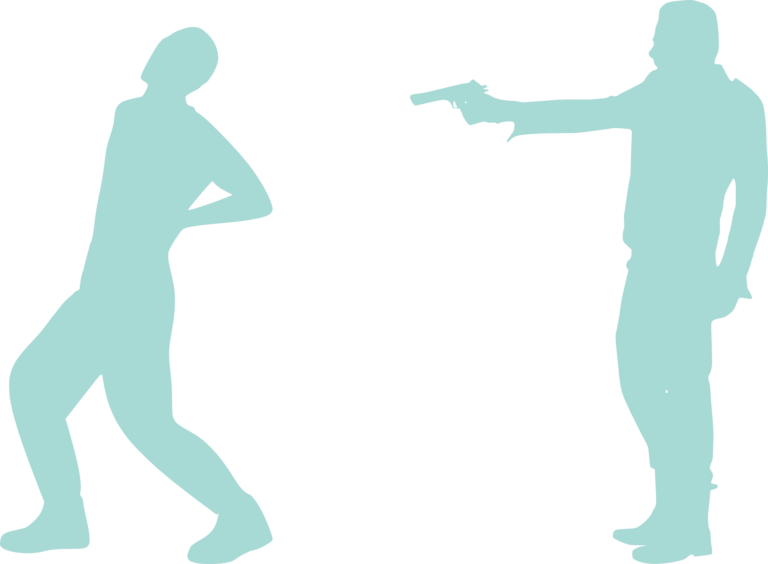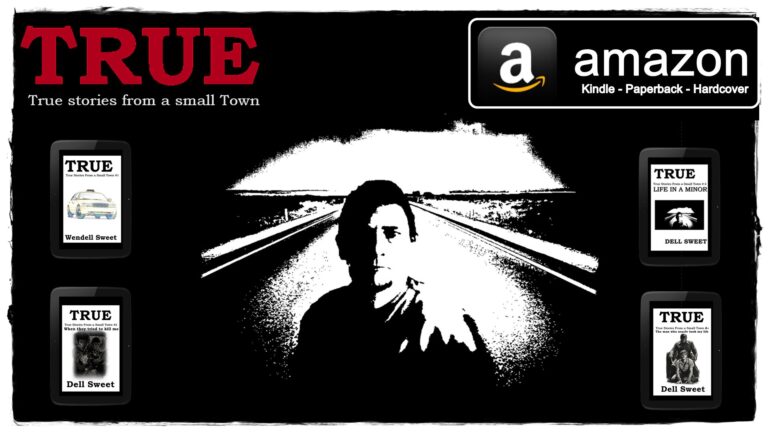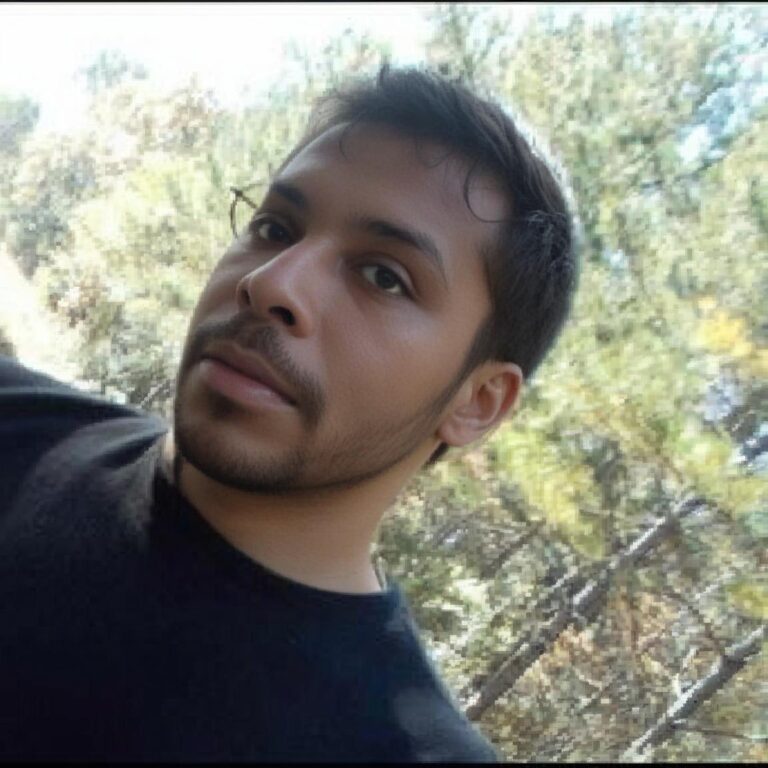
Canada is a large North American country that is a parliamentary democracy and a constitutional monarchy. It has a unique history shaped by both French and English colonization, and its close relationship with the U.S. is occasionally marked by disagreements.
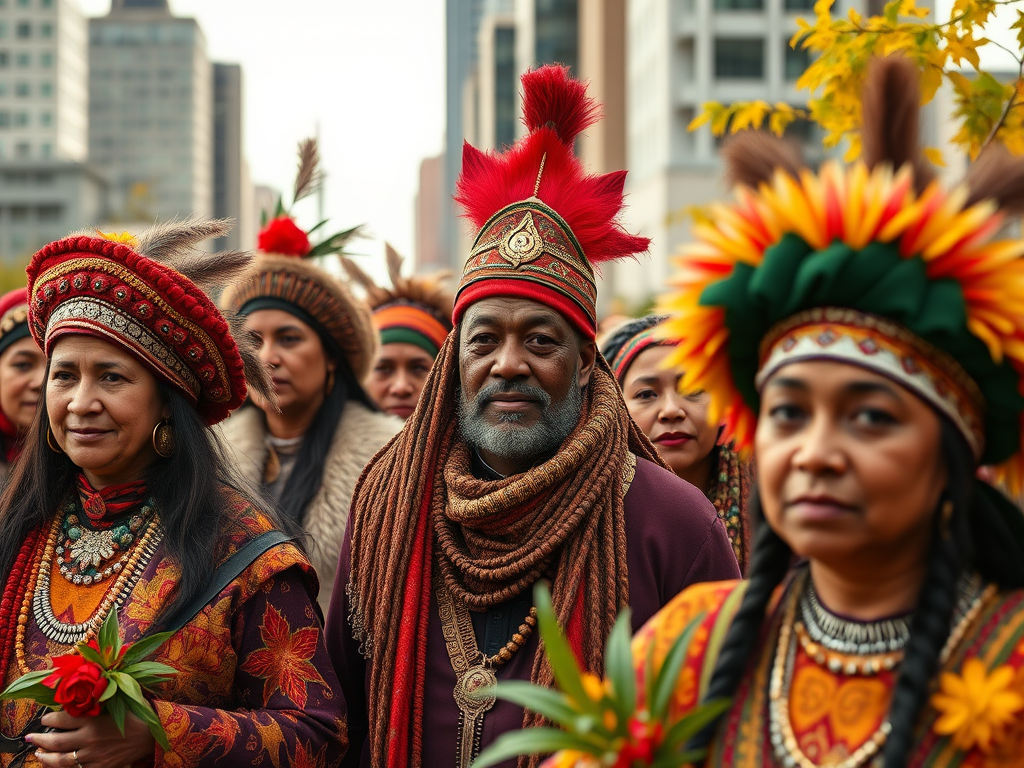
How Canada Became a Country
Canada’s formation was a gradual process, often described as an evolution rather than a revolution:
- Early History: The land that is now Canada was originally inhabited by diverse Indigenous peoples for thousands of years.
- European Colonization: Starting in the 16th century, the land was colonized by both French and British explorers. The French established New France along the St. Lawrence River (modern Quebec).
- British Conquest (1763): Following the French and Indian War (part of the Seven Years’ War), France was defeated and ceded almost all of its North American territory to Great Britain in the Treaty of Paris (1763). This effectively placed all of Canada under British rule.
- Confederation (1867): On July 1, 1867, the British North America Act was passed by the British Parliament. This act united three British colonies—the Province of Canada (now Ontario and Quebec), Nova Scotia, and New Brunswick—into a single entity called the Dominion of Canada. This created a self-governing federal state, though it remained part of the British Empire.
- Full Independence (1982): Canada’s final step toward full legal autonomy came in 1982 with the repatriation of the Constitution (the Canada Act 1982), which severed the last legal ties to the British Parliament.
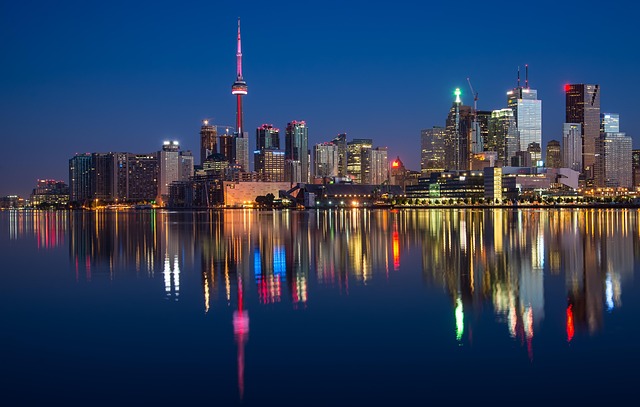
Why Canada is Part French and Part English
The country’s bilingual nature is a direct consequence of its colonial history:
- French Legacy: The French were the first to establish major permanent settlements in the early 17th century. Even after the British conquest, the Quebec Act of 1774 guaranteed the French-speaking population the right to maintain their French civil law, Catholic religion, and language. This preserved a distinct French-Canadian culture.
- British Dominance: The majority of the rest of the land was settled by English speakers, primarily from Great Britain and later by Loyalists who fled the American Revolution.
- Official Bilingualism: The Constitution Act of 1867 formally recognized both languages for use in the federal Parliament and courts. Today, the Official Languages Act (1969) makes English and French the two official languages, ensuring all federal services are available in both. Quebec remains the only officially French-only province (for provincial institutions), while New Brunswick is the only officially bilingual province.
Disagreements with the United States
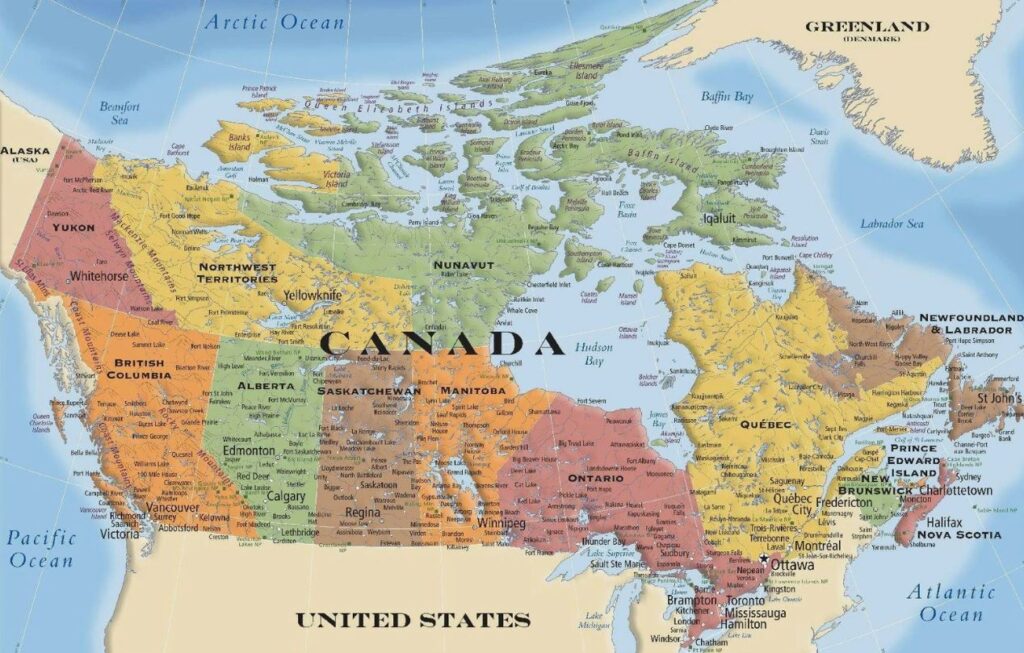
While the U.S. and Canada share the world’s longest undefended border and are close allies (including through NATO and NORAD), disagreements occasionally arise, often due to Canada’s desire to maintain its autonomy in the shadow of its much larger neighbor:
- Trade Disputes: Disagreements frequently occur over trade and tariffs on specific goods, such as timber, steel, and agricultural products. The management and interpretation of the United States-Mexico-Canada Agreement (USMCA) is a constant source of friction.
- Cultural Sovereignty: Historically, Canadians have been sensitive to the overwhelming influence of American culture and media. This has led to policies intended to protect Canadian cultural industries (e.g., funding for Canadian content).
- Foreign Policy Differences: While often aligned, Canada has at times refused to join U.S. military actions, most notably refusing to participate in the U.S.-led invasion of Iraq in 2003.
Canada’s Form of Government
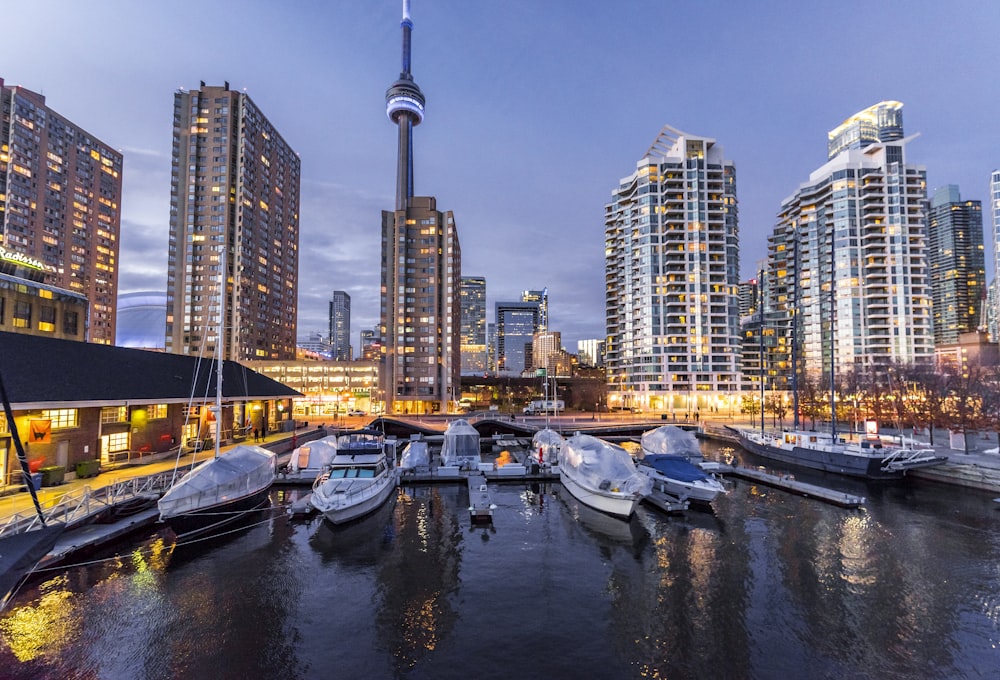
Canada is neither a pure democracy nor a theocracy; it is a complex form of representative governance:
- Parliamentary Democracy: Canada operates under a parliamentary system based on the Westminster model. Citizens elect members of Parliament, and the political party with the most seats forms the government, led by the Prime Minister (the head of government).
- Constitutional Monarchy: The King of Canada (currently King Charles III) is the head of state. However, his power is largely ceremonial and exercised on the advice of the government. The King’s representative in Canada is the Governor General.
- Federal State: Power is divided between the federal government (responsible for national issues like defense, trade, and banking) and ten provincial governments (responsible for areas like health care, education, and property rights).
Home: https://www.wendellsweet.com
